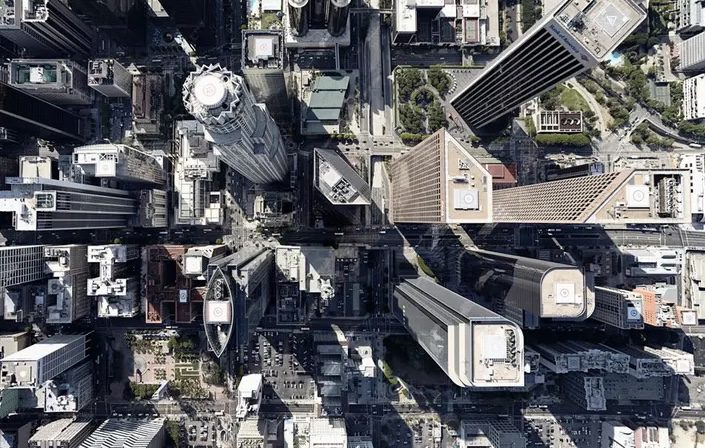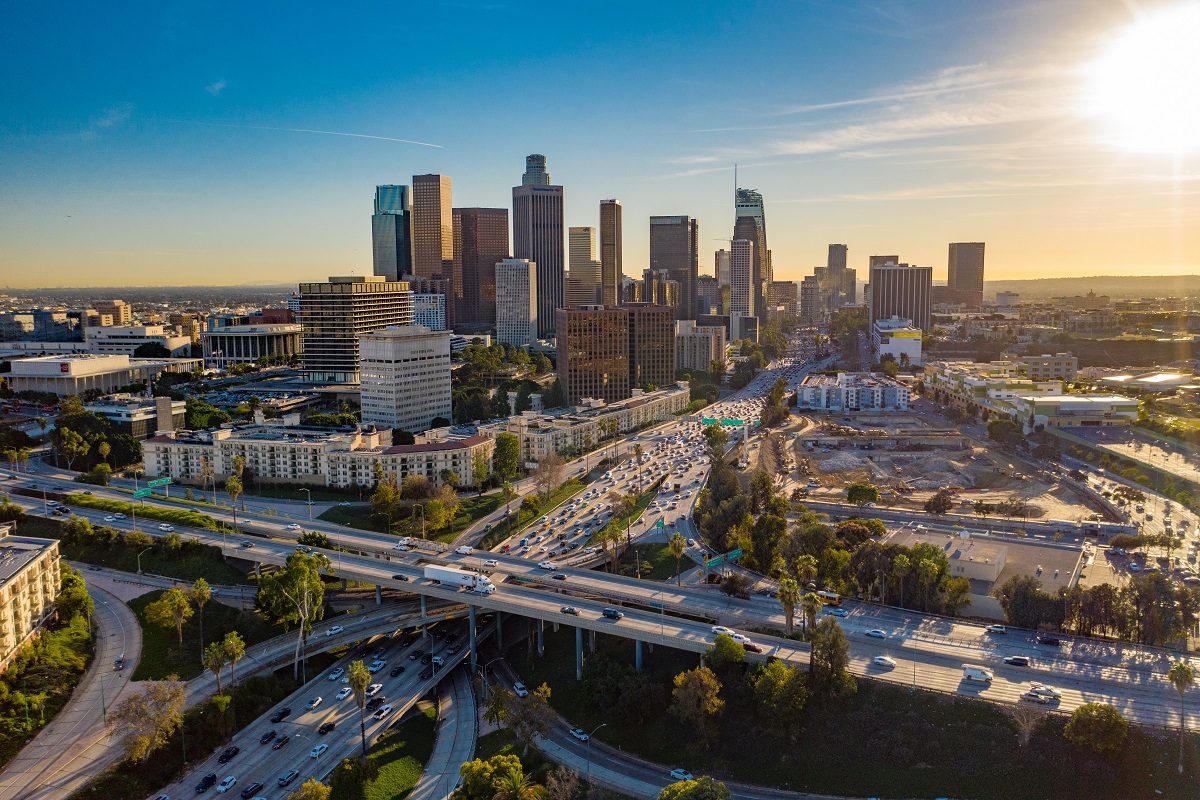Humanity lives in a world full of challenges, which include racial injustice and disasters that threaten lives and property. To address these issues, cities are seeking methods that might positively impact the urban environment. Technology stands up as the most promising of these tools. It is technology that ensures transparency in law enforcement operations and empowers diverse communities. It prepares society for future natural disasters. People with disabilities can now fully engage in public life thanks to advancements in technology and elements of a smart city. Technology enables Los Angeles city authorities to effectively and ethically improve the quality of life for residents, businesses and tourists. That is why the city of Los Angeles strives to become a smart city. Meanwhile, to learn more about the development of medicine in Los Angeles read here. Find out more at la-future.
What makes a city smart?
A smart city is one that employs secure technologies, data and resources in an ethical and effective manner to improve the quality of life and sustainability of residents, businesses and tourists.
Smart cities encompass far more than just software and next-generation street lights. A smart city is an integrated smart urban ecosystem made up of several elements that must be integrated together for the benefit of local residents:
- Smart city infrastructure. The physical technology used to supply smart city technologies to residents, businesses and tourists, mostly centered on right-of-way technologies that provide services in the urban landscape (e.g., loT, 5g, fiber, etc.).
- Smart city data tools and technologies that enable an efficient exchange of information between departments, between the government and citizens and between the government and business.
- Digital services and smart city applications. Programs, websites and other services that are used to provide digital urban services to the public.
- Smart city management. Coordination and investment of smart city projects across city departments.

The path to innovation
In 2019, the Los Angeles Information Technology Agency formed a smart city committee made up of 24 departments and elected officials. While Los Angeles became a leader in public technology adoption, winning first place in the US digital city competition for three years in a row, the rise of new technologies and public expectations required new levels of coordination to realize the shared objective. The smart city committee reached the following conclusions:
- Smart cities are multifaceted, encompassing more than just IT infrastructure.
- Smart cities are developing. This necessitates both short- and long-term goals.
- Smart cities necessitate cooperation between government and non-governmental organizations.
- Smart cities do not arise by chance, they require significant strategic planning and investment to develop into smart urban ecosystems designed for the people who live there.

Residents of Los Angeles are enjoying a higher quality of life as a result of technology-based solutions to urban problems. Los Angeles, no longer known as the “car capital of the world,” now allows people to use a single digital payment platform to move around the city. If necessary, all city residents, including those with disabilities, have unrestricted access to public security services via phone, text messages, automobiles and other means.
In today’s digital economy, the city of Los Angeles is working to increase internet speed and accessibility for underserved communities through a special digital engagement fund.

Digital infrastructure
Entrepreneurs regard Los Angeles as the economic center of numerous industries. As an international center of digital media, the city has become the hub for developing the best talent and startup ecosystem.
Of course, competition in the digital economy necessitates a specialized infrastructure. Following its initial success, Los Angeles went on to become the first major 5G metropolis in the United States, with ultra-fast 5G connectivity available throughout the city.
Starting a business is now much easier thanks to an updated comprehensive business portal in Los Angeles, as well as entirely digital permissions and licensing. To become a globally recognized smart city, the city has invested in infrastructure, digital services and data processing technologies and continues to do so.
Los Angeles infrastructure
The city’s smart infrastructure is fundamental to the development of Los Angeles. Physical technologies are critical for connecting sensors and communications in metropolitan areas. This infrastructure encompasses both wireless and wired communications, as well as strategic hardware. These technologies frequently generate large amounts of relevant data and serve as the foundation for a variety of digital smart city services. Converting over 165,000 street lights to LEDs reduces energy usage and saves $3 million yearly. The connectivity of 2,500 high-speed 5G cellular hotspots in Los Angeles has also been improved.
Los Angeles City Hall has identified effective data use as a transformative instrument for reducing government spending, improving operational efficiency, creating new service delivery opportunities and identifying inequities in public service delivery. Effective investment in Los Angeles’ smart city data has had a significant impact throughout the city. In particular, a sensor platform has been developed that integrates a large amount of sensor data from several platforms into a single, integrated source that applications can use and consume.

Los Angeles city authorities focus on digital assistants enabling citizens to communicate with Siri, Alexa or Google Home in their native language. The fundamental power of these digital services is derived from infrastructure and data exchange. In fact, these external smart city technologies are services that the public can use to determine whether or not a city is really smart.
Smart city digital services allow the following:
- Residents can access over 1,500 city services, bill payments and city council news from their smartphones using a mobile app. It processes about 1.3 million requests every year.
- Residents can access personalized hyperlocal information such as local parks and libraries, sanitation and emergency information through the portal LACity.org. The site has about 3.5 million unique users every year.
Since 2000, Los Angeles has spent $1.31 billion on energy efficiency programs, cutting the city’s peak power consumption by 845,000,000 Watts. The Los Angeles Bureau of Street Lighting completed the replacement of 180,000 street lights with LED lighting, saving $3 million per year and allowing the installation of 10,000 electric vehicle chargers. Electricity consumption in Los Angeles has decreased by 15%.


